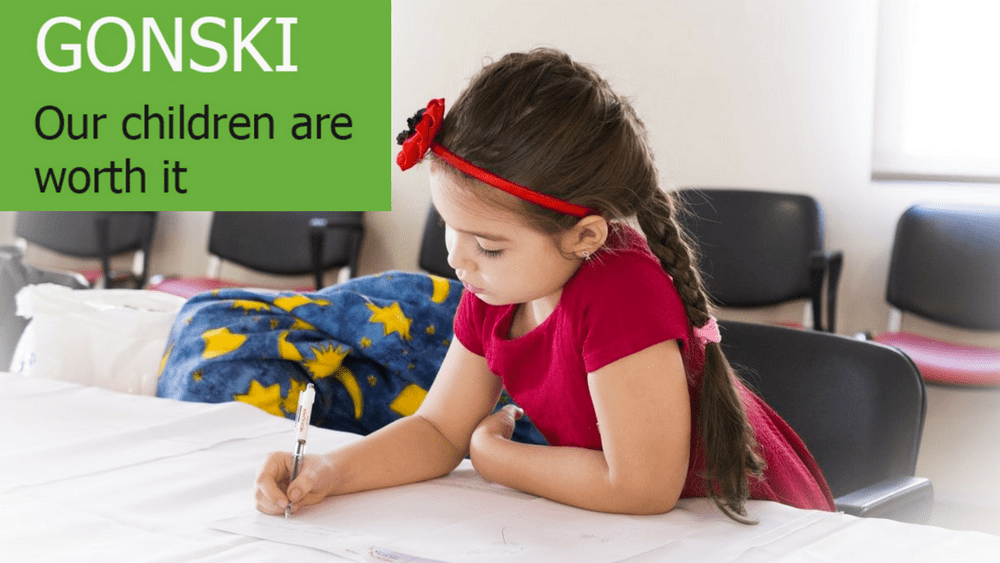Fairer school funding is around the corner thanks to Gonski 2.0 passing through parliament in the early hours of Friday morning. The new plan will focus on “needs-based funding” and see the beginning of the end of some schools being advantaged over others.
Under the new plan, which starts to roll out in 2018 and will take six years to complete, most schools will see an increase in how much money they receive from the federal government – on average they will receive $2300 per student under Gonski 2.0. State governments are being asked to fund their schools to a new national standard.
“We are thrilled that the government has finally put in place a sector blind fair and level playing field of funding.” – Mike Potter
Some independent schools which are overfunded under the new model will see a reduction in their funding over the next ten years. The reduction largely affects independent religious schools.
Mike Potter, head of school at Tyndale Christian School in South Australia, which will receive a boost in its funding, says, “we are thrilled that the government has finally put in place a sector-blind fair and level playing field of funding based purely on the needs of the child, and that all special deals in place previously have now been removed.”
Tyndale Christian School has three campuses and, across the three campuses, Potter says that 20-25 per cent of their students have a diagnosed disability or learning need.
“The extra funding for students with disability will make a huge difference to the support we can provide to them both in class and in the extra resourcing of programmes.”
For the most part, children with disabilities or learning difficulties are taught in mainstream classes, with the assistance of support staff. With the extra funding, Potter says, “our intention is to provide increased staffing support, resource support and programme support.”
By far the largest campus of the school is in Salisbury East, in the economically challenged northern suburbs of Adelaide. One of the largest employers in the area is the Holden factory, which is slated for closure in October. Potter says that the Gonski package will mean that school fees won’t have to increase as much as they probably would have, which will “help us relieve some of the pressure placed on parents through the payment of school fees.”
“It benefits students with disabilities, particularly those in the independent sector.” – Andrew Guile
Andrew Guile, a Councillor on Shoalhaven City Council and former school business manager for the Anglican Schools Corporation, told Eternity, “Gonski is a great result for all schools, no matter what sector you come from.”
Guile praised Gonski 2.0 as a “true needs-based funding approach” that comes with the blessing of the architect of the original Gonski plan.
“The key benefit for all state schools is that they now have a certain formula for funding into the future.
“It benefits students with disabilities, particularly those in the independent sector,” said Guile.
Under the old system, funding of students with disabilities was not sector-blind. Instead, children with disability in the public system were fully funded, while in the independent sector the funding for students with disability was only a fraction of that given to state schools.
According to Guile, this is now equalled out, and the state system of funding students with disability transfers across to the independent sector.
He acknowledges that parents of students in Catholic schools may find their treatment under Gonski 2.0 challenging. But, he says, “at the end of the day we’ve had many years of the Catholic sector receiving a special deal. The result of that is they could keep their fees lower, but now all students are funded on level playing field.
“It’s hard to find fault with a package that delivers so much extra funding across the board.”
Email This Story
Why not send this to a friend?


